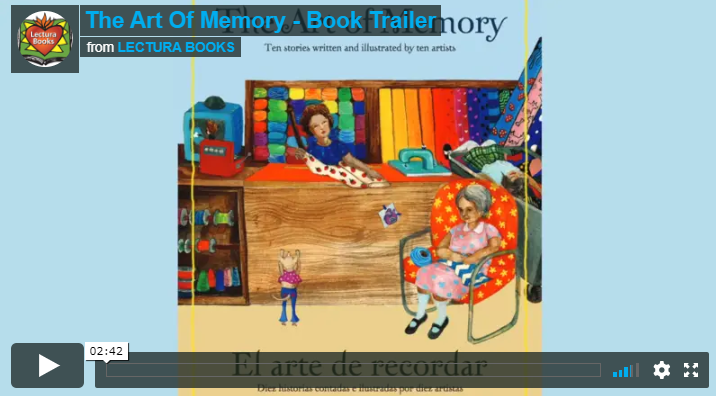Helping a child to learn two or more languages is the greatest gift a parent can ever give them. Bilingualism facilitates communication with family members and others. It is good for healthy brain functionality, and it is an asset in adulthood when seeking employment. Nowadays, we see more and more parents making an effort to raise bilingual children, despite being monolingual or non-native speakers of a second language. In our global society, it is more important than ever to raise a bilingual child.
There is no single defined strategy for non-native English speaking parents to use to raise a bilingual child. However, there are some strategies and tools that can prove fruitful when raising a bilingual child. For instance, parents can enroll their children in dual language or full language immersion schools. This type of school provides an almost guaranteed success in bilingual outcomes. Some parents might think that a bilingual approach will confuse the child so they shy away from bilingual programs altogether.
Spanish-speaking parents may or may not realize that they are raising an English Language Learner (ELL) student and they may not understand how they can help. Oftentimes, the Spanish spoken at home is a lot better than the English spoken. But, parents need not be discouraged, because speaking, reading, and singing to their child in Spanish will help them with learning a new language. As long as parents spend time teaching and communicating with their child, it will help increase a child’s language and literacy skills. If parents don’t have information about how language is acquired, they may make decisions sometimes based on misinformation. Teachers can encourage parents to attend a parent meeting at school to learn these strategies. If you are interested in our Free bilingual parent flyers, please make sure you sign-up to receive them every month. It’s a great way to focus on a particular topic that we know parents are wanting.
Another great idea is for parents to learn English as their child is learning English! There are many organizations that offer English classes for ELL adults. The National Literacy Hotline helps Spanish speakers find English classes in their area. Better yet, your school may want to offer ESL classes for parents, making the school a community hub. Parents can encourage their child to speak, read, or sing to them in English. Have them share what they are learning in school, and parents can do the same.
Lastly, reading bilingual books to a child is a way to ensure a greater understanding of both languages. Reading bilingual books together helps both parent and child comprehend both languages as they are reading the exact same story in a language that both fully understand. Lectura Books offers an array of bilingual books for children of all ages. Some books that we suggest you check out include:
- The Art of Memory: The Art of Memory is a compilation of 10 different stories by 10 different authors. This book features the childhood recollections of 10 artists. The artists created captivating illustrations to accompany their stories.
- A New Sun: A New Sun showcases the reflections of an immigrant arriving in a new country. When he arrives in the new land, he realizes that all people around the world want the same thing – to have hope and to turn their dreams into reality.
- Maria de Flor: A Day of the Dead Story: Maria de Flor: A Day of the Dead Story shares the history and meaning behind the Day of the Dead celebration in Mexico. The story discusses the preservation of love and remembrance across generations.

